-
18653418257
-

-


航空航天工業(yè)
-
行業(yè)背景:


-
應用領域:
航空航天工業(yè)中更安全
、更高效、更快地加工復合材料航空航天工業(yè)成功的一個關鍵因素是減輕重量
?div id="jfovm50" class="index-wrap">?蜋C必須變得更輕、更高效。飛機制造中使用的材料為工具提供了新的挑戰(zhàn)。20年前
,航空業(yè)主要投資于使用鋁合金。隨著下一代飛機,如空客A320neo和A350,或波音787夢想客機和737 MAX,需要一系列新的材料來加工復合材料堆。它們涉及鈦合金和復雜的復合材料,如Ti/SFRP或Ti/CFRP/Al。在加工這些困難的復合材料時
,由于不同材料的性能存在巨大差異,您需要一種由高質(zhì)量碳化鎢制成的工具。這需要優(yōu)化設計的加工工具幾何形狀,如果需要,還需要合適的涂層。然而,為了獲得最佳結(jié)果,碳化鎢基材是成功的關鍵因素。Safer, more efficient and faster machining of composites in the aerospace industry
A key factor for success in the aerospace industry is weight reduction. Passenger aircraft must become lighter and more efficient. The materials used in aircraft building provide tooling with new challenges.
Twenty years ago the aviation industry was largely invested in using aluminum alloys. With the next generation of aircrafts such as the Airbus A320neo and A350, or the Boeing 787 Dreamliner and 737 MAX, a new range of materials were needed to machine composite stacks. They involve titanium alloys and complex composite materials such as Ti / SFRP or Ti / CFRP / Al.
When machining these difficult composites you require a tool made of high quality tungsten carbide due to the vast difference in the properties of the different materials. This requires optimally designed tool geometry for machining, then if needed, a suitable coating. However, to get the best results, the base material – the tungsten carbide substrate – is a key factor for success. Due to years of cooperation with many partners in aircraft manufacturing, we were able to gain extensive knowledge in this area.
Machining Ti / CFRP: Our specially developed double step drills made out of AX10 tungsten carbide were able to meet all the requirement for machining a TI / CFRP composite without being coated. The tight drilling tolerance could be met in both carbon-reinforced as well as titanium materials.
Machining Ti / CFRP / Al: Coated tools have been significantly improving for years. When constructing the fuselage of an A380, a diamond coated drill made of AS10 is used to machine the pressure bulkhead. This meant that two processes (drilling and reaming) could be replaced by a single step. With this change an addition of 140 percent in service life was also achieved.





